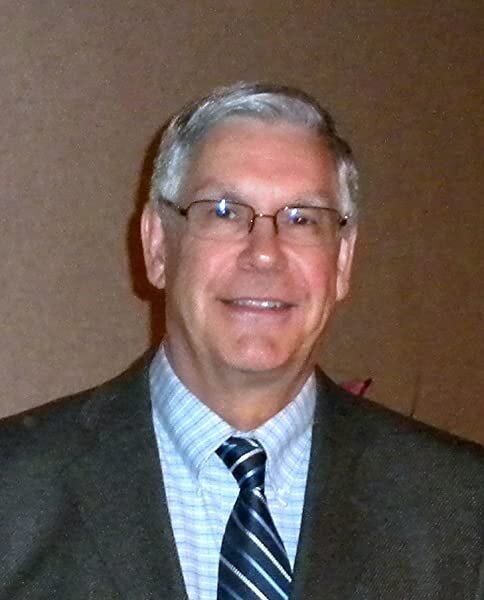BECOME A RURAL TRAINING SITE START A RURAL PROGRAM
Become a Rural Training Site
First Steps - Becoming a Rural Training Site
Dr. Neal Smith and Dr. Rachel Hartline at the Community Connections Free Clinic in Dodgeville, WI
Contact WCRGME to set up an Initial Assessment of the resident training opportunities at your Wisconsin rural hospital or clinic. Technical assistance is supported by WRPRAP.
What is involved in the initial assessment?
The initial assessment involves either an in-person or virtual visit to meet with leadership to discuss residency training options. We encourage anyone with a vested interest to participate in the conversation, i.e. physician champion, CMO, hospital administrator, etc. Follow-up conversations are encouraged to ensure a strong foundation for future GME opportunities.
Discussion topics include:
Partnership development and scenario planning
Funding for GME development and long-term sustainability
Interest level in teaching residents and exploring rural GME capacity
Potential avenues for medical education
Types and volumes of medical services provided
Questions/Concerns about teaching residents
The need for rural hospital & Clinic training sites
Rural hospitals and clinics are strategically positioned to train residents for the vital role of rural primary care and high need specialty training in the specialties of family medicine, general surgery, internal medicine, pediatrics, obstetrics, and psychiatry. Rural graduate medical education (GME) exposes trainees to rural healthcare, communities, and rural culture increasing the likelihood that they will ultimately choose to practice in a similar setting. By offering high-quality, broad spectrum, apprenticeship model training, rural hospitals and clinics provide an educational experience that prepares future doctors for the unique and rewarding practice of rural medicine.
Causes for increased need of rural physicians:
Only 2% of residency training occurs in rural areas
25% of the population lives in rural areas, while only less than 10% of the physicians practice there
21% of Wisconsin counties are considered maternal deserts
Physician population trends including retirements and generational workforce trends
An aging rural population resulting in higher healthcare demands
Declining enrollment of medical students from a rural background
Learn more about Wisconsin physician workforce trends here
Benefits of Training Residents
Opportunity to “grow your own” practice partners
Save on recruitment and on-boarding costs
Attract and retain physicians who have a heart for teaching
Advance medical staff as learners challenge and stimulate best practice
Increase patient access and specialist referrals
Access faculty development and staff education opportunities
Elevate organizational image as an educational training site
Invest community in training future doctors
Benefit from residents participating in community learning and leadership projects
Hey Doc: Memoirs of a Rural Family Physician
“A rural hospital will never equal the facilities of a larger urban hospital, but that is not an excuse to close rural hospitals. I knew that without our smaller hospital staff, people living in these areas would have no chance at all.”
Dr. James Damos, former Baraboo RTT Family Medicine Residency Program Director, shares his experiences and viewpoints about rural medicine in his book, released July 2019 / Purchase his book


